
Long Distance Listening
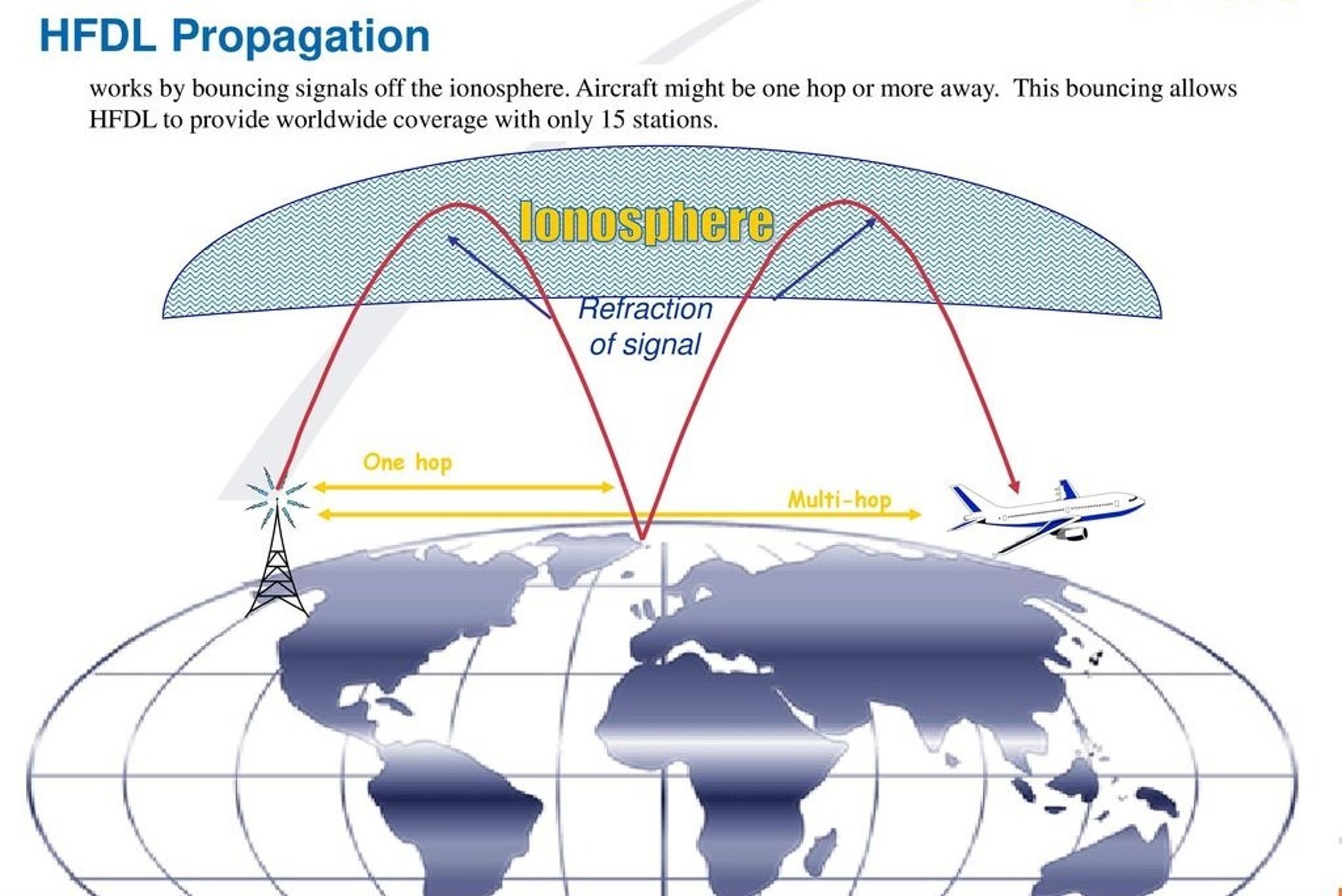
Long-Distance Listening: Tracking Aircraft with HFDL and an SDR Receiver
One of the most exciting things about radio-based tracking is how much can be achieved with minimal hardware and a lot of curiosity. In my ongoing exploration of aircraft tracking technologies, about an year back, I ventured into HFDL (High Frequency Data Link), this is a system used by pilots and ground stations for long-range communication over high-frequency radio waves.
HFDL operates in the HF band (3 MHz to 30 MHz), which is known for its long-distance propagation capabilities through a phenomenon called skywave propagation where signals bounce off the Earth’s ionosphere and travel thousands of kilometers. Unlike VHF systems, which require line-of-sight, HF signals can penetrate remote regions and overcome terrain or weather-based disruptions. This makes HFDL especially useful when VHF voice or VDL2 (VHF Data Link Mode 2) connections are unreliable or unavailable, such as when aircraft are flying over oceans or remote continents.
Although newer systems like SATCOM (Satellite Communication) have gained popularity, HFDL is still widely deployed and used by commercial and military aircraft around the world and the best part is that it's completely accessible with basic radio equipment. I used my RTL-SDR Blog V4 dongle, a software-defined radio device that has powered many of my previous projects.
To decode HFDL signals, I set up a powerful open-source tool called DumpHFDL (Source: GitHub), which captures and processes these messages and outputs them in SBS/BaseStation format. For visualization, I paired it with readsb in “net-only” mode to prevent conflicts with ADS-B decoding, allowing me to use the same setup for dual-purpose tracking
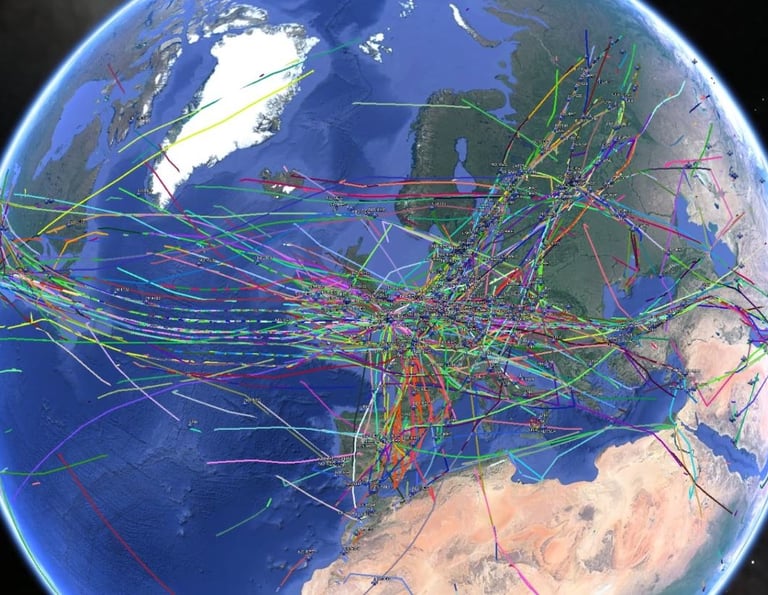

Because HF reception requires a different type of antenna — often a long wire, typically 5–7 meters or more, I improvised. Instead of buying and installing a dedicated antenna, I repurposed a heavy-duty wire already installed on our terrace (originally used for sun drying clothes). Surprisingly, this simple adaptation worked well and allowed me to receive HF signals without needing any major hardware upgrade.
I started tuning into the 21 MHz band, one of the global frequencies assigned to HFDL communications (Source: HFDL Frequency List). Unlike ADS-B, where aircraft broadcast their position every second, HFDL messages are typically sent in 5-minute intervals, assuming the aircraft’s HF unit is enabled, which, in most cases, it is.
After a few minutes of initial tuning and minor software adjustments, the screen started to populate, first slowly and then I was amazed to see how rapidly those numbers increased. Aircraft flying thousands of kilometers away began appearing on my map and I was able to track them. I could see real-time position reports from planes flying over regions far outside the range of standard ADS-B reception. Over time, I tracked aircraft in multiple countries and even some from the southern hemisphere, all from my laptop in Hyderabad, India.
What stood out was the sheer reach and persistence of HFDL:
Maximum range achieved: ~4000 kilometers
Aircraft persistence: While ADS-B tracks disappear after 1 minute of inactivity, HFDL tracks remain visible for 33 minutes, providing a longer observation window.
At one point, my setup was simultaneously tracking more aircraft via HFDL than I had ever managed through ADS-B alone. I even saw two systems overlapping, confirming the flexibility of this hybrid configuration.
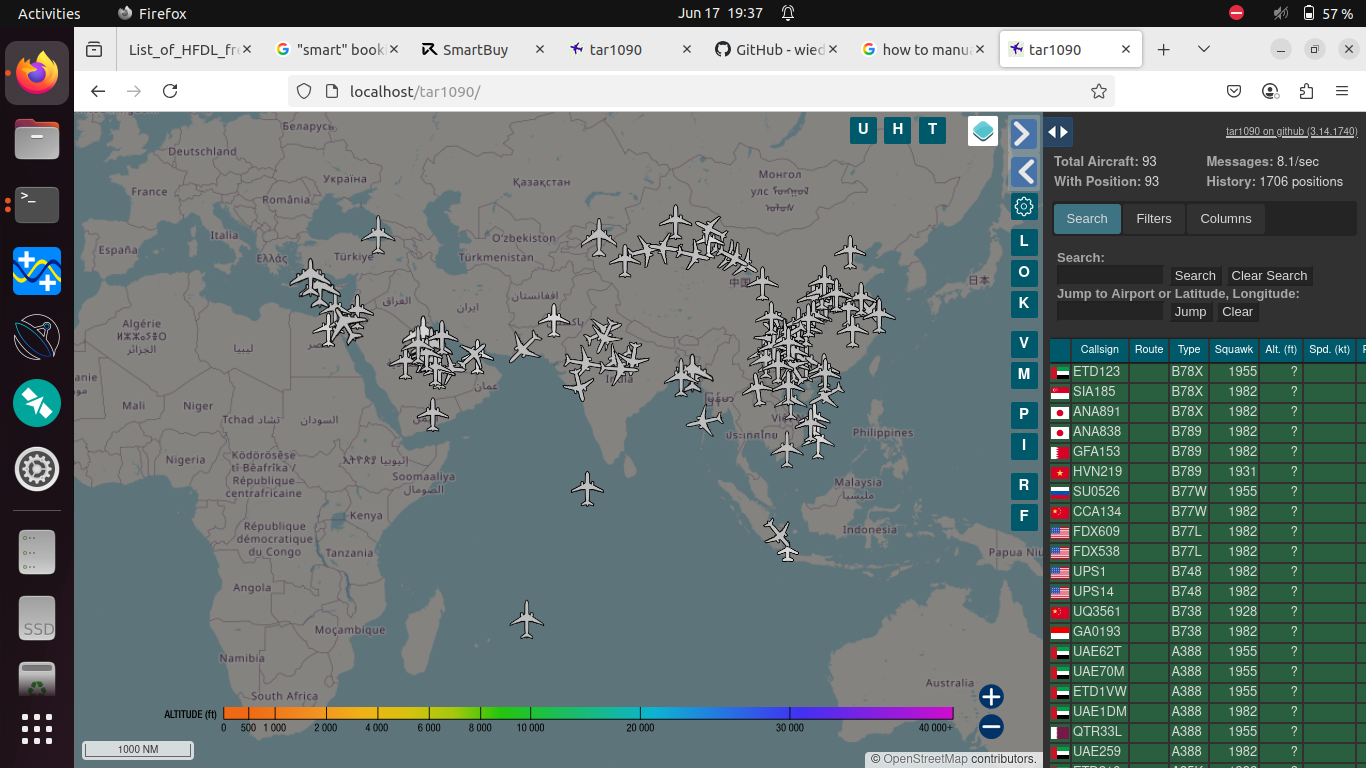

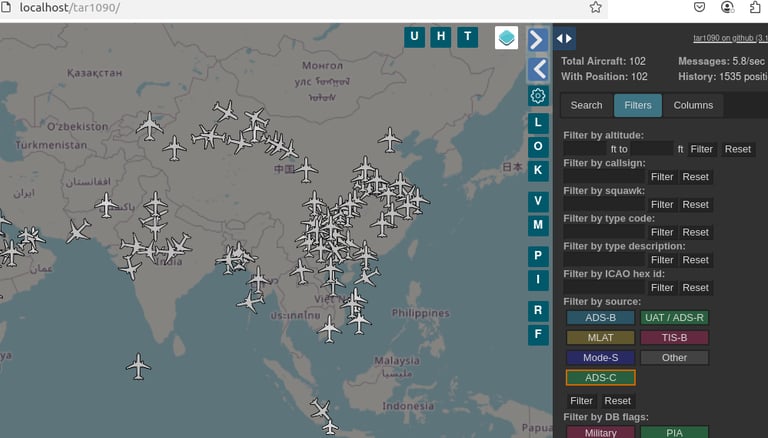


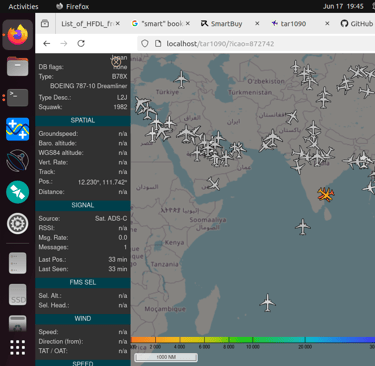
This project was more than just an experiment, it was a hands-on lesson in radio propagation physics, antenna theory and communication protocol decoding. I experienced firsthand how ionospheric reflection enables continent-spanning communication, and how accessible these technologies are to hobbyists and student researchers.
From tracking aircraft within a 170 km range using ADS-B to now capturing flights over 4000 km away through HFDL, this project dramatically expanded my interest and understanding of long-range aviation communication and reaffirmed my love for wireless technologies, aviation systems and self-driven learning.
My HFDL Live Tracking [Experimental at the moment]
https://Flighthf.xaviers.me/tar1090/
xSpace.Space - Yash Xavier's Digital Space
Explore my Journey
My Personal Pursuits
© 2025. All rights reserved.
Showcase of Endeavour
Projects & Achievements
